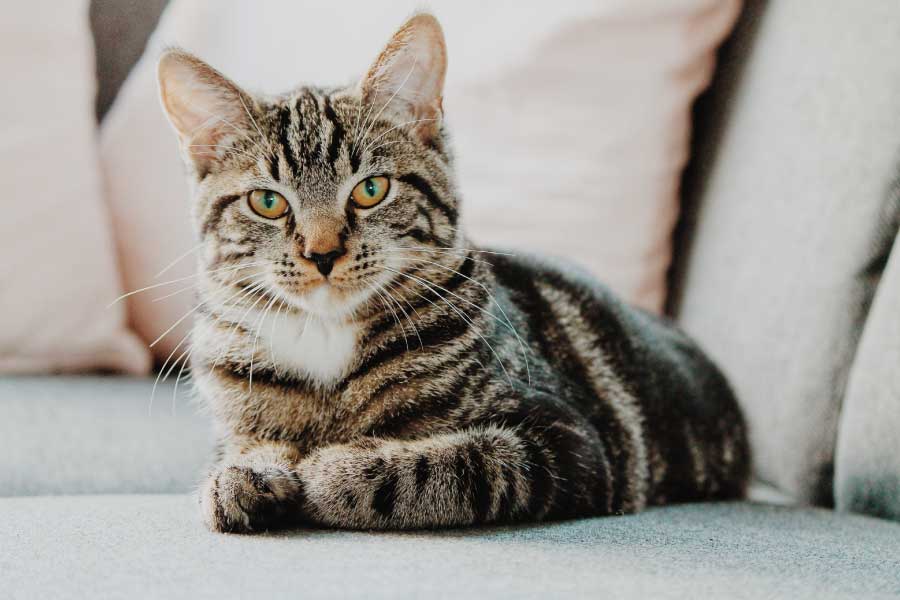A recent study has discovered that the structure of a cat’s nose enhances its sense of scent.

How the structure of a cat’s nose enhances its sense of smellA cat’s existence is significantly influenced by its sense of smell. Cats depend on their capacity to detect odors for the purpose of hunting, recognizing their territory, engaging in social activities, and assessing the quality of their food.The structure of a domestic cat’s nose was the subject of a recent study titled “Domestic cat nose functions as a highly efficient coiled parallel gas chromatograph.” (source)

The researchers in the study developed a computer model of a cat’s nasal cavity that was anatomically accurate. This model is derived from a microCT scan of a genuine cat’s cranium.
A MicroCT scan, or Micro-Computed Tomography scan, is a type of imaging technique. It is comparable to a 3D X-ray that is highly detailed.

The researchers were able to analyze the passage of air within a cat’s nose by employing this computer model.
Like the majority of terrestrial mammals, cats possess three sets of “turbinates,” which are bone structures in the breathing passage that facilitate the passage of air as the animal breaths. In the turbinates that are located at the rear, the majority of the odor-sensing occurs.

The turbinates of a cat are significantly more intricate than those of a human or a rodent.
The region of the cat’s nostril that detects odors is approximately four to five times larger than that of the human nose.The researchers discovered that the air that passes through the nasal cavity of a cat is divided into two streams. The respiratory regions of the nose are the destination of the majority of the air, which is conditioned and filtered prior to its entrance into the lungs.
However, a secondary stream is “fast-tracked” through a central passage into the olfactory region of the nasal channel, which is the portion of the cat’s nostril that detects scent. This implies that the respiratory function of the nostril remains unaffected, despite the fact that a cat is capable of rapidly detecting odors.
The researchers compared the operation of a cat’s nasal passage to that of a “parallel coiled gas chromatograph,” an instrument that facilitates the separation of gases.
The twisted, maze-like channels in a cat’s nose, which are significantly more intricate than those in a human nose, have evolved to optimize the cat’s capacity to detect aromas in the constrictive environment of a skull.
In the same space, the complex structure is more than 100 times more efficient than a linear channel resembling an amphibian.
The ideal balance between the volume of air that passes through the odor-sensing areas of the nose, the time it takes for air to reach those parts, the time in which the air is processed, and the actual physical space available for odor-sensing appears to have been achieved through the trial and error nature of evolution.
The investigation’s specifics are available at this location: The domestic cat nostril functions as a highly efficient coiled parallel gas chromatograph.